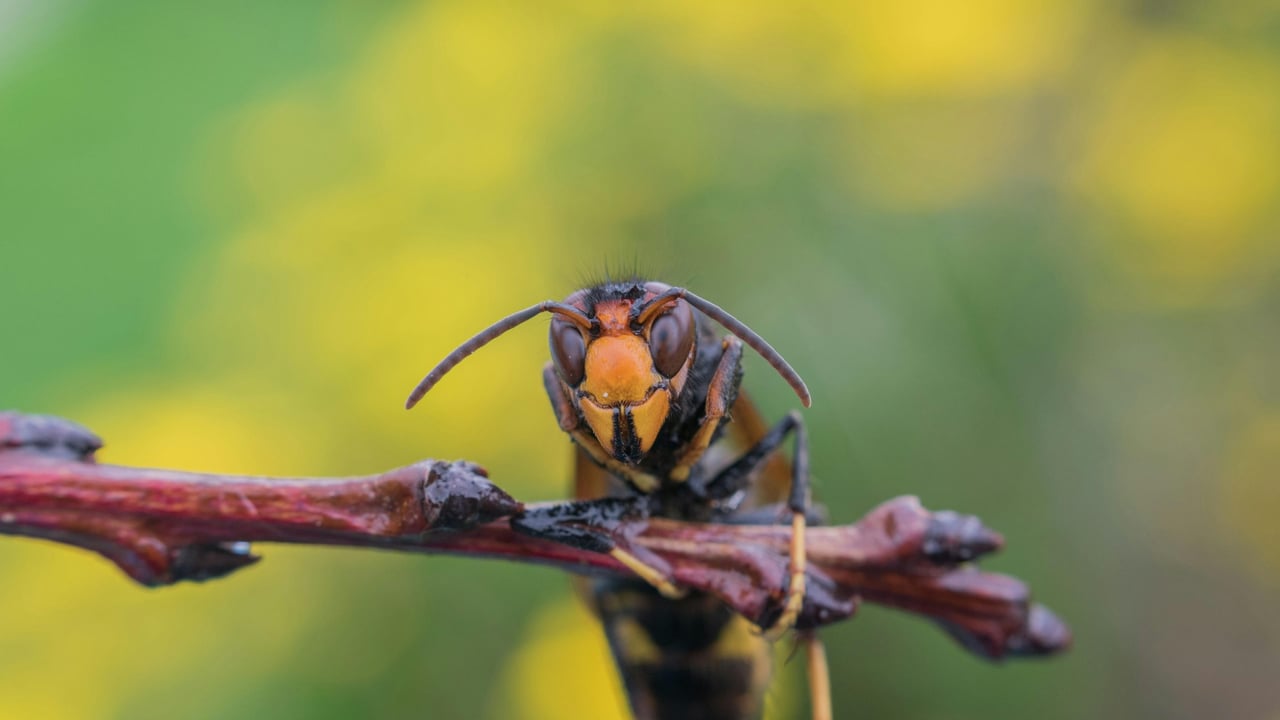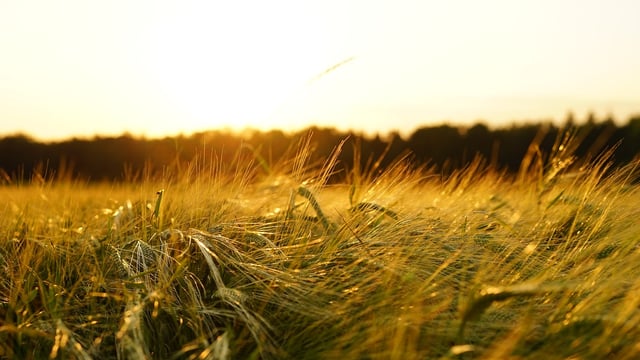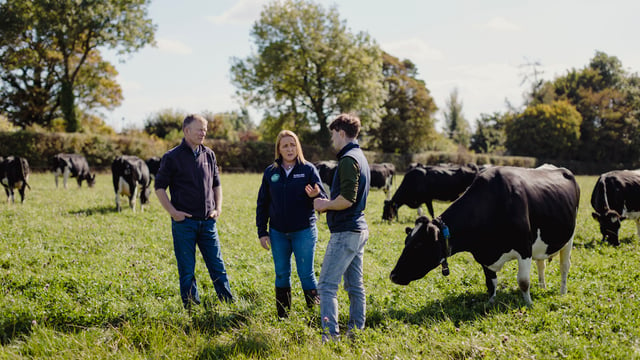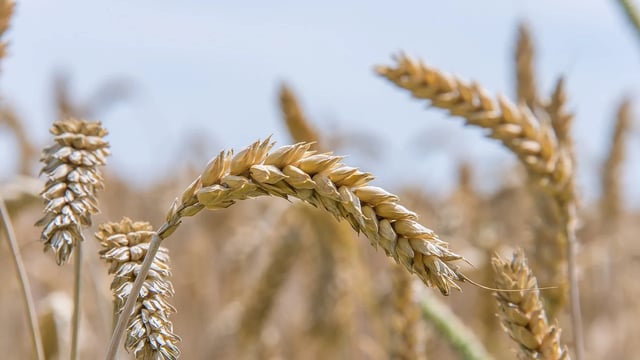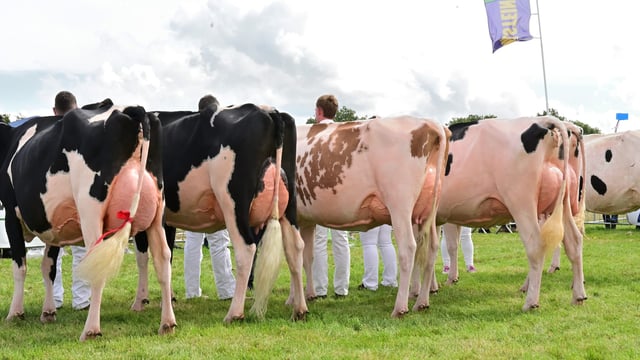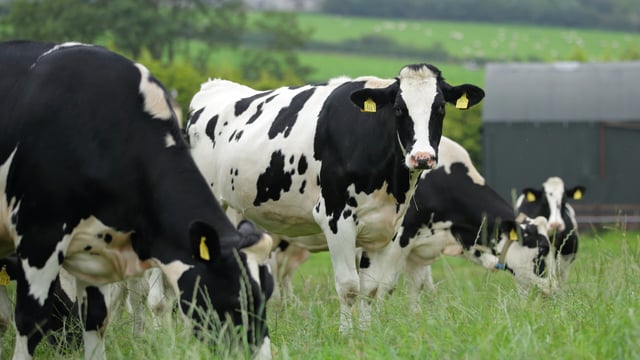What are the risks to the Irish agri-environment from the Asian hornet?
Following confirmation of the presence of an Asian Hornet in Ireland by the National Parks and Wildlife Service (NPWS), Sussex-based scientist Norman Carreck - who has kept bees since the age of 15 - told us what complications an invasion of the insects would bring to Ireland.
Carreck said beekeepers in Ireland will be rightfully concerned by the recent discovery, as these hornets do enjoy eating honeybees.
However, the scientist warned that the hornets can have a wider impact on the Irish environment.
The scientist described them as a very opportunistic species who eat all sots of insects, and - similar to wasps - enjoy attacking fruits which grow in Ireland, such as blueberries and strawberries.
Their feeding habits can cause quite large economic losses to farmers and growers.
He also stated that there is a strong public health risk, mostly because hornets nest in places where humans are more likely to disturb their nest.
Carreck explained how the species is not individually more aggressive than European hornets or wasps, but warned if you stir up a nest there is a good chance of being stung. He also cited hornet-related fatalities in France and Spain.
He urged the public to keep an eye out for the species saying they are quite distinct.
Carreck said: "European hornets look a yellow brown colour while Asian hornets are black with yellow legs."
Survival
When asked will these hornets do well in Ireland, Carreck said: "They are doing really well in warm places such northern Spain and France, but they are also doing reasonably well in northern Italy where it is quite cool, and in Belgium and The Netherlands, where the climate is not too different from Ireland, except drier."
They do like good weather to establish, but even though their nest is made of paper and left out in weather, they are remarkably weather-proof, so even torrential rain won't destroy them."
Carreck explained that it is possible Ireland's higher rainfall will make it a less habitable environment for the insects, though they have proved to be quite a robust species out of their natural environment..
However, the scientist said the difference in rainfall between the east and west of Ireland may mean the insects could enjoy the east. He added that he would not consider Cork too unsuitable for them.
Entry points
Carreck said that this invasive species can enter the country in many ways.
While the Heritage Council's 2023 risk assessment highlighted the role of sentinel hives in importing the insects, the scientist highlighted that the Asian hornet does not need bees to get into Ireland.
He said that there is many ways they can get to the island, and an individual queen can arrive though somebody's luggage, as well as fruit, vegetables, and other commodity shipments.
Carreck said the most likely entry is through ports, noting that this week's sighting was in Cork, and the last sighting in 2021 was in Dublin, two cities with large ports.
Despite this being a common entry point, the UK scientist said that these hornets are equally commonly found on lorries, and so could be found anywhere in the country.
UK
Carreck explained how having first appeared in Gloucestershire in 2016, the Asian hornet is now established in the extreme south-east corner of England - such as Kent and east Sussex - since 2022, despite the official government view being that they are not established.
He added that originally, there was only one or two nests recorded, up to a max of four nests a year, with numbers falling during Covid-19 due to less cross-Channel traffic.
However, he said in 2023, there was suddenly 75 nests in the year. While that figure fell sightly in 2024, this year looks set to beat the 2023 record, as 54 nest have already being confirmed as of last week.
Tests by the UK national bee unit and associated lab showed some of this year's queens were offspring of last year, while others were grouped from nests that were not discovered.
Carreck explained that the UK's Animal and Plant Health Agency (APHA) bee inspectors have been trained to use cherry pickers to destroy the nests.
He said it is still quite early in the season for nests to be spotted at the top of tall trees, as typically they go unnoticed until leaves fall.
According to the scientists, as the hornets produce their offspring late in the season, inspectors have to race to the destroy any nests they discover before this point.

